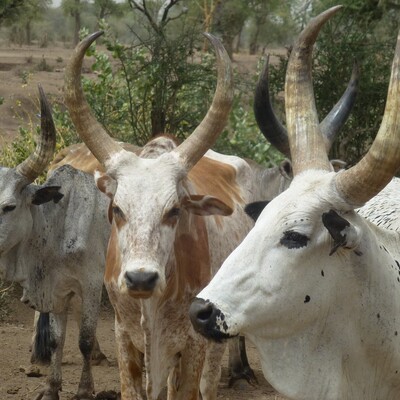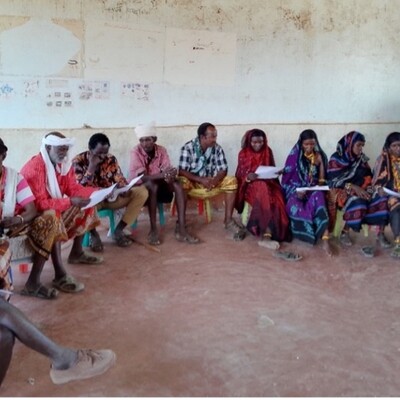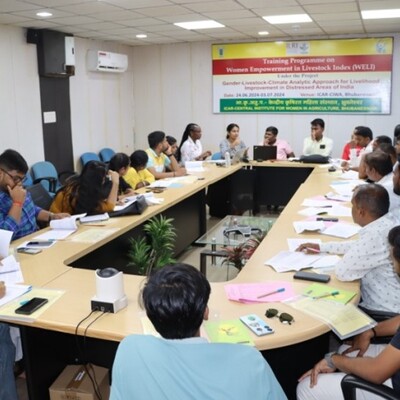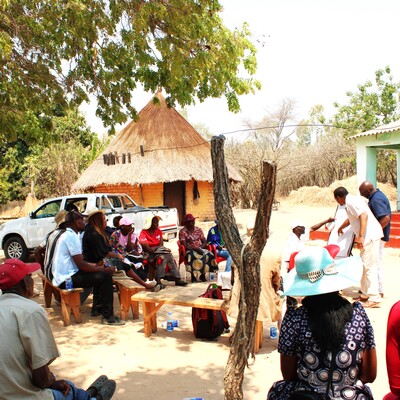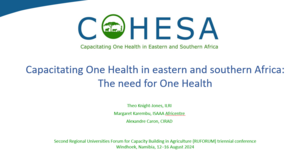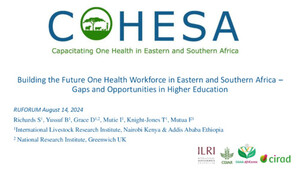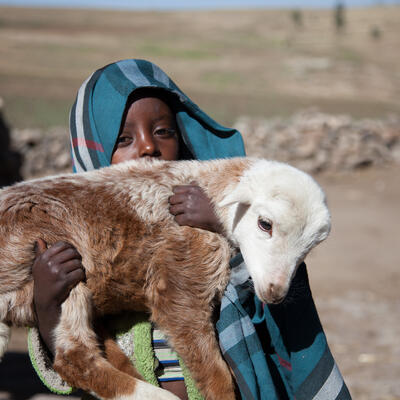
Building One Health partnerships and research capacity in Kenya
A central focus of ILRI’s One Health work in Africa is the improvement of research infrastructure and capacity. In Kenya, ILRI has worked to achieve this by developing partnerships with local governments and communities while also establishing new field-based labs in the country's project areas. These efforts have helped foster a collaborative and multisectoral One Health approach capable of achieving optimal health outcomes for people, animals and the environment.
One Health has become the latest catchword at many high-level policy discussions. While it is good to see One Health receiving the attention it deserves, Hung Nguyen, co-leader of ILRI’s animal and human health program, reminds us that it is not just a theoretical concept but also a practical approach to be implemented on the ground. By building One Health partnerships and research capacity, ILRI is, and historically has been, leading these ‘on the ground’ efforts. ‘We need to do practical One Health work at the ground level, and that requires a closer partnership between ILRI and local authorities, researchers and communities’, says Nguyen.
In Narok County, ILRI scientists have been conducting fieldwork to determine the impact of zoonotic diseases and antimicrobial resistance (AMR) on local populations. As part of these efforts, ILRI collaborated with the Narok County Department of Veterinary Services to establish a field lab where scientists can analyze bacterial samples. The lab has allowed ILRI scientists to gather valuable information on zoonotic diseases and AMR which they share with county authorities to help promote One Health within local communities.

Lab at the Narok Department of Veterinary Services (photo credit: Hung Nguyen)

Fieldwork in Narok County (photo credit: Hung Nguyen)
In Kajiado County, ILRI scientist Eric Fevre has been working in the town of Oloitokitok as part of the HORN project—a collaboration between ILRI, the University of Liverpool and the University of Nairobi that seeks to improve the health of people in the Horn of Africa through research on the linkages between people, livestock and the environment. On 12 January 2022, Fevre and his colleagues launched a lab in Oloitokitok that is equipped to complete basic analysis on samples collected from the field. The lab will significantly improve research capacity in the region as scientists will no longer need to travel the five hours back to Nairobi every time they want to analyze their field samples.

Lab in Oloitokitok (photo credit: Hung Nguyen)
ILRI’s One Health work in Kenya extends beyond Narok and Oloitokitok. At a field-based lab in Busia County, Fevre and his colleagues have been engaging in One Health research while training the next generation of One Health researchers—over 100 peer-reviewed papers have come out of Busia in the last decade. In Isiolo County, ILRI scientists have been conducting fieldwork in contribution to a variety of One Health-related efforts, including the HEAL and Co-infection projects which are working to improve the resilience of pastoral communities and determine the burden of zoonotic diseases in humans, livestock and wildlife. Finally, in Machakos County, ILRI has worked through the One Health Centre in Africa (OHRECA) and the Kapiti Research Station to minimize rabies deaths in humans by vaccinating the local dog population.

Lab in Busia County (photo credit: Hung Nguyen)
ILRI’s recent work in Kenya has been guided by the understanding that One Health is most effective when, as Hung says, in addition to influencing policy, we also ‘show how One Health works on the ground and can make positive changes for people’. Continuing to develop field-based labs and strong partnerships with local communities is vital to expanding the One Health approach. As ILRI’s assistant director general Shirley Tarawali says, ‘it is so good to see One Health coming to life on the ground… and it is really good to see ILRI at the forefront with our Kenyan partners’.
Related Projects
Lab work in Narok County (photo credit: Hung Nguyen)






